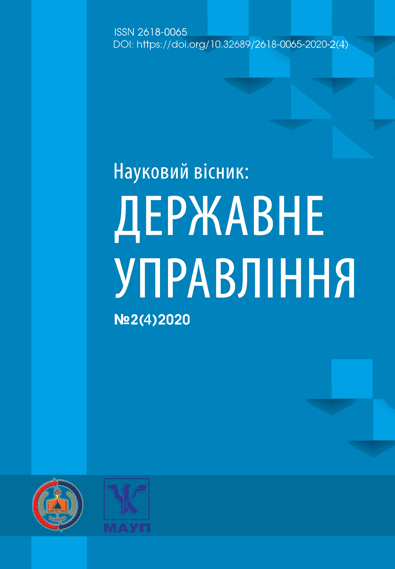DIGITAL TOOLS FOR COORDINATION IN FOREIGN POLICY OF UKRAINE.
DOI:
https://doi.org/10.32689/2618-0065-2020-2(4)-249-257Abstract
The revolutionary development of information and communication technologies affected almost any sphere of human life in the 21st century. The globalization and swift spread of new communications have helped to deepen international cooperation as well as to reduce costs in various spheres of social life.
Nowadays due to the influence of information and communication technologies, the governance system of external relations is transformed, it is becoming more and more branched, multileveled, networked. Presently, leaders of states and governments, ministries and parliamentary institutions directly contact their foreign vis-a-visas, thereby demonstrating the new reality of international relations as well as different levels of influence on the formation of national foreign policy courses. A significant increase in international actors, including national ones, and the acceleration in time of all processes, are the challenges for the governance system of external relations of any state in the world. At the same time, securing the “unanimity” of state foreign policy is becoming more difficult under the existing approaches.
As for Ukraine, which is facing unprecedented challenges and threats as a result of Russia’s aggression of a "hybrid" nature as well as the current turbulence of international security environment, the inconsistency of the actions of various state authorities in the international arena leads to significant negative consequences and image losses.
The paper explores the facilities of using new digital tools in governance to improve the coordination of the activities of public authorities of Ukraine in foreign policy, based on the study and analysis of the experience of the leading countries in this field.





